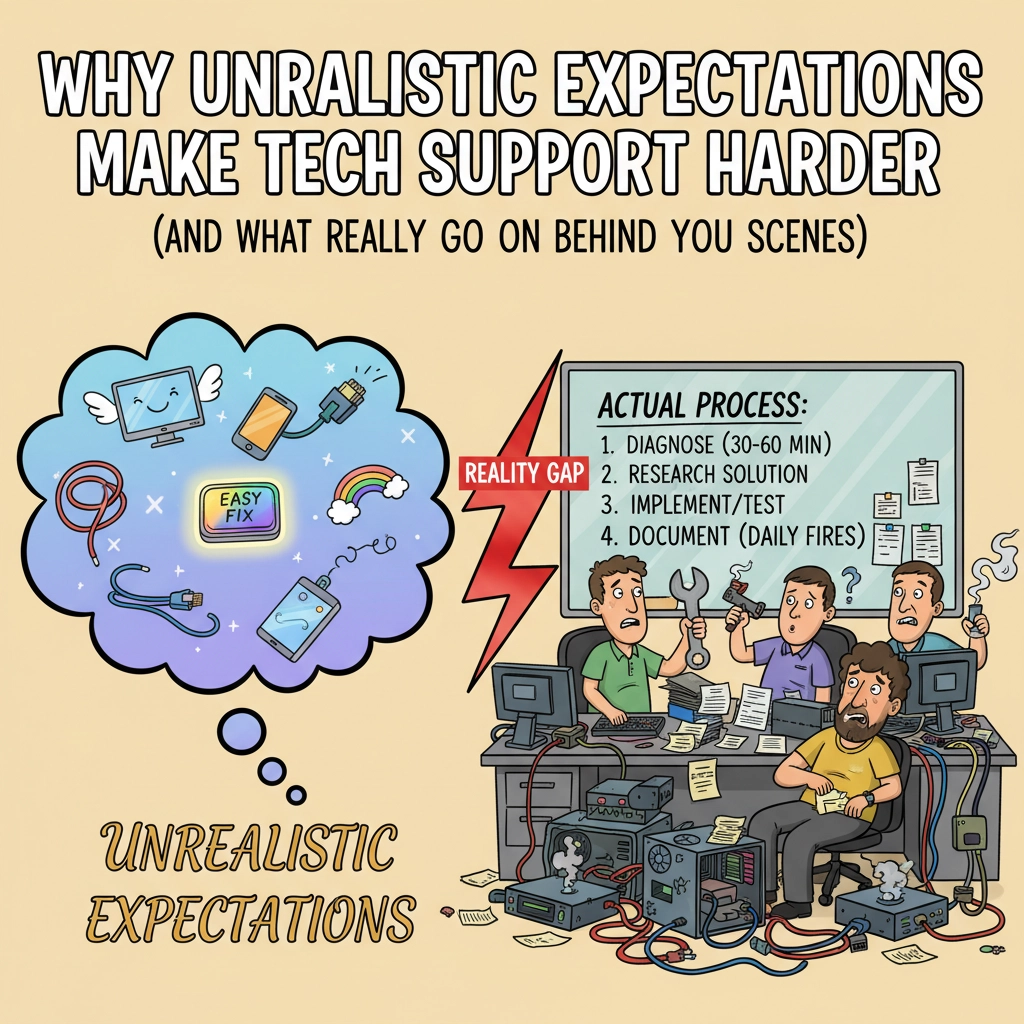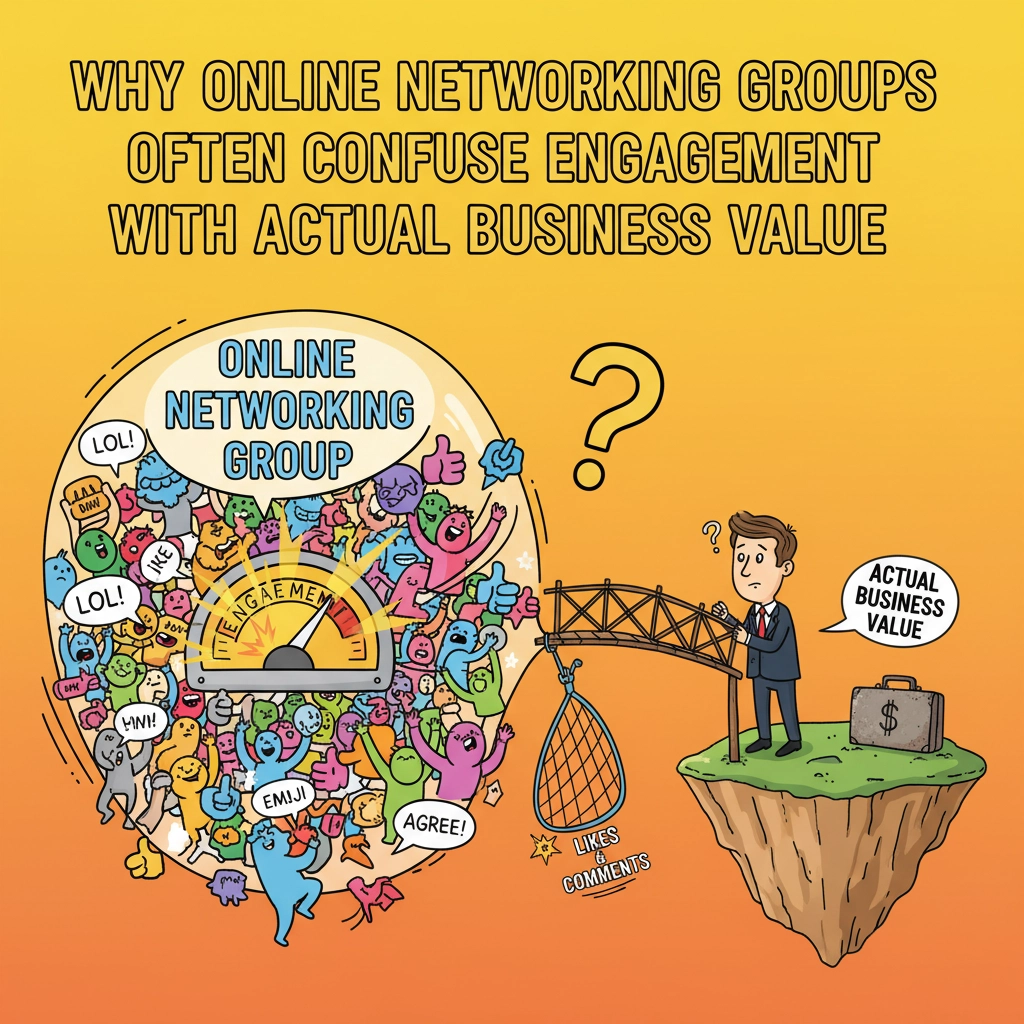The Credit Card Game: Timing Is Everything
We’ve all been there. Your trusty laptop finally gives up after years of loyal service. Your office needs new equipment. Or maybe it’s time to upgrade your company’s cybersecurity infrastructure (something we know a thing or two about). Whatever the case, big purchases are inevitable—both in business and personal life.
But here’s something many people overlook: these necessary expenses can actually work in your favor if you time them right. Specifically, pairing them with new credit card sign-up bonuses can turn a simple purchase into a savvy financial move with a surprisingly good return on investment.
Understanding the Sign-Up Bonus Strategy
Credit card companies compete fiercely for your business. Their weapon of choice? Increasingly generous sign-up bonuses to entice new customers. These bonuses typically require you to spend a certain amount within a specified timeframe (usually 3-4 months).
For example, “Spend $4,000 in the first three months and earn 60,000 bonus points.”
If you’re making a big purchase anyway, why not leverage it to meet these spending requirements and pocket the bonus? It’s essentially free money (or travel, or merchandise) for spending you were going to do regardless.

The Numbers: How Much Value Can You Actually Get?
Let’s talk real value. Based on current offers, here’s what some top cards are offering:
Travel Rewards Powerhouses
- Chase Sapphire Preferred® Card: Offering 60,000 points after spending $4,000 in the first three months. These points are worth approximately $750-$900 when redeemed for travel through Chase Ultimate Rewards or transferred to travel partners.
- United℠ Explorer Card: Provides 60,000-70,000 miles after spending $3,000-$4,000 in the first three months. With United miles typically valued at 1.2-1.4 cents per mile, this bonus is worth around $700-$900. Perfect if United is your airline of choice.
- AmEx Platinum: The premium option with a premium bonus—typically 80,000-150,000 Membership Rewards Points for public offers, requiring $8,000-$15,000 spend in six months. These points can be worth $1,200-$2,400 when optimally redeemed. Yes, there’s a hefty annual fee ($695), but for big spenders, the math still works in your favor.
Cash-Back Options
If you prefer simplicity, cash-back cards typically offer smaller but more straightforward bonuses:
- Citi Rewards+ Card: Offers 20,000 ThankYou points after spending $1,500 in three months. These can be redeemed for cash or other rewards.
- Chase Freedom Unlimited: Features $200 cash back after spending $500 in the first three months—a solid 40% return on your bonus-qualifying spend.
Planning Your Purchase: Timing Is Key
The secret to maximizing this strategy is careful planning. Here’s how to do it right:
1. Identify Your Upcoming Expenses
Before applying for any card, know what big purchases are on your horizon. Is your business due for a technology refresh? Planning to upgrade your cybersecurity systems? (Something that, coincidentally, we at Your Personal Ninja can help assess during our security audits.)
2. Research Current Bonus Offers
Credit card offers change frequently. What’s available today might not be tomorrow. Sites like NerdWallet, The Points Guy, and Doctor of Credit track the best current offers.
3. Match the Card to Your Spending
Choose a card with a spending requirement that aligns with your planned purchase. If you’re spending $3,000 on new equipment, a card requiring $4,000 might need additional spending to hit the bonus. One requiring only $1,000 means you’re leaving potential value on the table.
4. Apply at the Right Time
Apply for the card 2-3 weeks before your planned purchase. This gives enough time for approval, card delivery, and activation. But don’t apply too early—most spending windows start from approval date.

Beyond the Bonus: Maximizing Long-Term Value
While the sign-up bonus is the headline act, don’t ignore these supporting factors:
Annual Fees vs. Ongoing Benefits
Cards with annual fees often offer better bonuses and ongoing perks. The AmEx Platinum’s $550 fee sounds steep until you factor in lounge access, hotel status, and credits that can be worth well over $1,000 annually.
Category Bonuses
Many cards offer multiplied points in specific categories. If your big purchase falls into one of these (like office supplies or internet services), you’re essentially double-dipping on rewards.
Business vs. Personal Cards
Don’t forget that business credit cards exist with their own set of bonuses and benefits. As a business owner, you can potentially qualify for both personal and business card bonuses, effectively doubling your opportunities.
Pitfalls to Avoid: The Fine Print Matters
Like any financial strategy, there are potential downsides to watch for:
Credit Score Implications
New credit applications temporarily ding your credit score by a few points. Don’t apply for multiple cards if you’re planning to finance something important soon (like a mortgage).
Minimum Spending Stress
Never spend more than you can afford just to hit a bonus threshold. The interest you’ll pay will quickly erase any bonus value.
Annual Fee Considerations
Make sure the bonus value substantially outweighs any annual fee, especially if you don’t plan to keep the card long-term.
Reward Redemption Challenges
Some points are harder to use than others. Travel rewards often deliver the highest value but require more effort and flexibility to redeem optimally.

Special Considerations for Business Owners
As business owners (like us at Your Personal Ninja), there are additional factors to consider:
Separating Business and Personal Expenses
Using dedicated business cards helps with accounting and tax preparation. Plus, business cards often have higher spending limits and rewards geared toward business expenses.
Employee Cards
Many business cards offer free additional cards for employees. This helps centralize company spending while accumulating rewards faster.
Tax Implications
Remember that while personal credit card rewards are generally not taxable, business card rewards might be considered a discount on business expenses rather than income. Always consult your tax professional.
Technology Investments
For technology companies (ahem, like ours), big purchases often involve hardware, software, or security systems. These high-ticket items are perfect for meeting minimum spend requirements.
When investing in cybersecurity solutions, timing these purchases with a new card application can offset some costs through rewards. It’s a small but smart way to maximize the value of necessary security investments—something we always appreciate seeing clients do. (And if you need help identifying what security investments make sense for your business, that’s a conversation we’re always happy to have at Your Personal Ninja.)
The Bottom Line: Is It Worth It?
Let’s be clear—this strategy won’t make you rich. But it can certainly add a nice bonus to purchases you needed to make anyway. Consider these real-world returns:
- A $3,000 server upgrade paired with a card offering a $750 bonus = 25% immediate ROI
- A $5,000 office renovation with a card offering 100,000 points (worth ~$1,500 in travel) = 30% ROI
- A $1,000 software purchase with a card offering $200 cash back = 20% ROI
Few investments offer returns like these with so little effort.
Final Thoughts
Smart business owners look for advantages everywhere, whether it’s optimizing technology solutions (our specialty at Your Personal Ninja) or maximizing financial strategies like the one we’ve discussed today.
The next time you’re facing a significant purchase, take a moment to research current credit card offers. That small effort could result in hundreds or even thousands of dollars in value—essentially a discount on necessary expenses.
Just remember: the key to making this strategy work is discipline. Only use it for planned purchases you were going to make anyway, pay your balance in full to avoid interest charges, and carefully track your spending to ensure you meet the bonus requirements.
With careful planning, the question isn’t whether you can afford that big purchase—it’s whether you can afford to miss out on the bonus that could come with it.
Share this:
- Click to share on Facebook (Opens in new window) Facebook
- Click to share on Tumblr (Opens in new window) Tumblr
- Click to share on X (Opens in new window) X
- Click to share on Pocket (Opens in new window) Pocket
- Click to share on Pinterest (Opens in new window) Pinterest
- Click to share on LinkedIn (Opens in new window) LinkedIn




